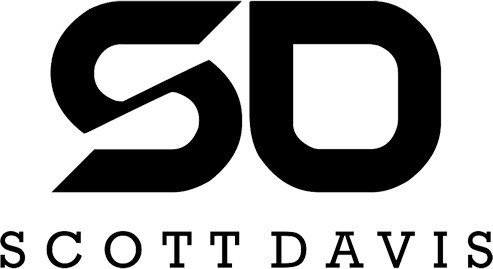Creating an Effective Plank Meeting Curriculum
The most effective aboard meetings start with a clearly defined schedule. The schedule should contain a sequence of events, out of calling the meeting to order and roll contact, to examining and talking about old and new business, to adjournment. It should have a time limit for each topic item. A moment limit may help the plank move through significantly less important things.
Board gatherings are limited in time, which means you need to box off top priority topics, indicating the quantity of time each item will take, and make sure you cover your entire priorities. Having an agenda can even help ensure that the assembly runs efficiently and covers all important problems. Once you have the agenda and begin planning, you should follow up with every individual or panel to ensure the platform is followed through.
The best board reaching agendas involve topics linked to the company view publisher site eye-sight, mission, and goals. Additionally, they include decisions to be produced, as well as other significant details. An agenda should offer an opportunity for almost all board customers to contribute to the discussion and make significant decisions. A well-planned schedule can make the difference among a effective meeting and one that ends with minimum action.
The creation of any effective plan is a collaborative effort involving the chair and the board secretary. The goal are listed the matters that the mother board wants to talk about in a reaching, and it may give each board member the background they have to make decisions that will advantage the organization.
